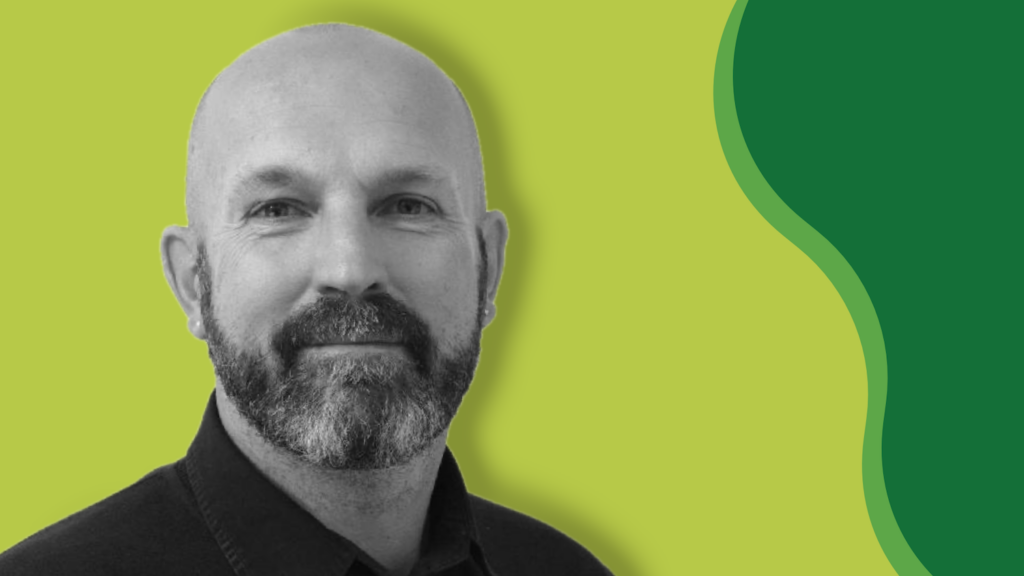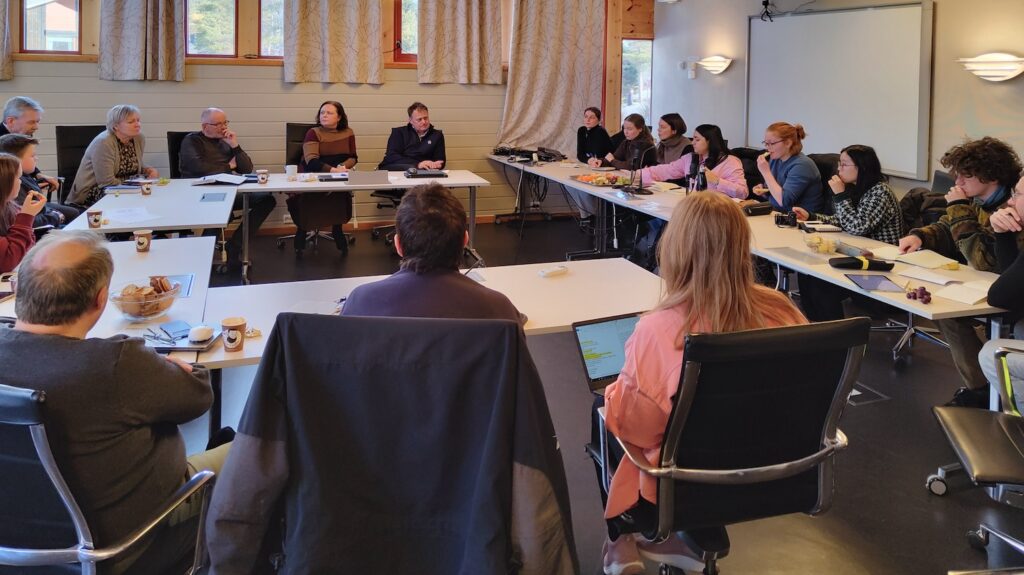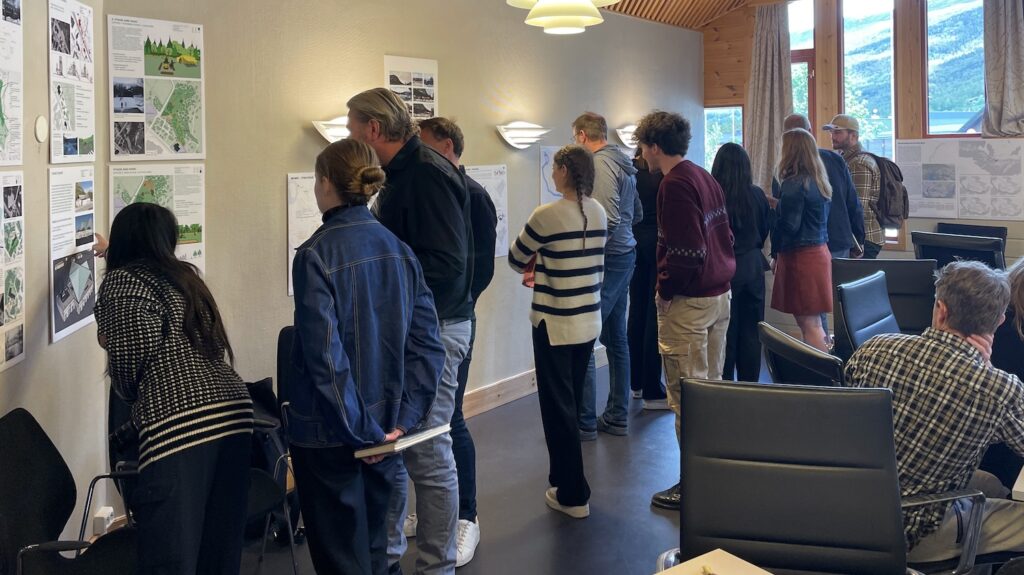NEB ambition
The ultimate ambition of the New European Bauhaus is to achieve transformation. To do this, the NEB Compass has identified specific levels of ambition that outline the desired outcomes for each of the NEB values.
The ultimate ambition of the New European Bauhaus is to achieve transformation. To do this, the NEB Compass has identified specific levels of ambition that outline the desired outcomes for each of the NEB values.
These areas refer to the five key domains of intervention that CrAFt's New European Bauhaus Impact Model considers essential for guiding and evaluating complex urban initiatives.
The participation level refers to the degree or extent to which individuals or groups are actively involved or engaged in a particular activity, project, or process. It assesses the depth of their involvement, contributions, and commitment, ranging from minimal or passive participation to active and dedicated participation.
The New European Bauhaus (NEB) aims to promote the values of sustainability, aesthetics, and inclusion in the design and transformation of urban spaces. It emphasises the integration of environmental, social, and economic considerations to create harmonious and innovative living environments.
According to the Smart City Guidance Package, there are seven stages to plan and implement smart city projects. These stages propose a logical and coherent roadmap for city initiatives involving many stakeholders.
Born in Austria, Markus Schwai grew up and studied there before embarking on a series of relocations that would profoundly impact his personal and professional life. His international journey began when he fell in love with an Italian woman—now his wife—and both moved to Rome. After Rome, he worked for an NGO and later for UNESCO in Nepal. Amid relocating to Norway, he frequently travelled back and forth to Nepal. Eventually, he settled into a position at an architectural office in Norway, the country he now considers his home.

In Norway, Markus found a work opportunity at the university, where he has been teaching urban design and planning for 15 years. His career has been characterised by a multifaceted approach to architecture and urban planning. Unlike many who specialise in a single aspect of these fields, Markus embraces a holistic view. He sees the city as a human playground.
The Planning Bus initiative began as a revival of an old concept that had faded away in the late 2000s. In 2020, Markus and his colleague Erik Frydenlund Hofsbro, a former student turned assistant and now lecturer and PhD scholar, started discussing ways to make their urban and village planning course more engaging and practical. The idea of resurrecting the Planning Bus emerged.
They recalled the previous Planning Bus, which focused on urban design and made trips to three places, examining them from a very form-driven perspective. This time, they wanted to do more than just analyse forms. They envisioned a more holistic approach that could benefit students, local communities, and municipalities alike.
In 2021, over coffee, the plan began to take shape. Markus and Erik saw an opportunity to blend teaching with real-world impact. They wanted their students to understand urban planning and the nuances of village planning, areas often neglected in typical courses.

Norwegian municipalities, responsible for their own planning, often struggled with resources. Many were too small to hire dedicated planners, relying instead on non-specialists or expensive private consultants. This gap presented the perfect opportunity for the Planning Bus.
The first step was to contact municipalities in central Norway. Markus and Erik sent an open invitation to about 30 municipalities and received an overwhelmingly positive response. Many municipalities were eager for help, and this enthusiasm set the wheels of the Planning Bus in motion.
The Planning Bus immerses students in the planning process of these small communities. Each year, a maximum of 15 students are selected to participate. They travel to two chosen locations per semester, typically one nearby and one further afield, balancing logistical ease with the need for diverse learning experiences.

During these visits, students spend a week in the community. They meet local residents, conduct on-site analyses, and hold public meetings to present their initial findings and gather feedback. This direct interaction helps them understand the local context and the community’s actual needs.
After returning to the university, the students refine their proposals based on the input they collected during their trip. They then return to the community to present their final recommendations, offering practical solutions that the municipalities can implement.
Municipalities contribute a nominal fee of €7,000 and arrange student accommodations, making the Planning Bus an affordable and attractive option for small towns with limited budgets. This collaborative effort provides invaluable hands-on experience for the students and delivers tangible benefits to the communities involved.
Markus and Erik have created a dynamic educational tool through the Planning Bus. It bridges the gap between academic learning and real-world application, benefiting students and communities alike by addressing genuine planning challenges in an interactive and impactful way.
However, the Planning Bus has faced its fair share of challenges since it began. One of the most pressing issues is the resource limitations in many small municipalities. These communities often lack the financial means and specialised personnel needed for comprehensive planning. Without dedicated planners, the task falls to non-specialists or expensive private consultants, resulting in plans that may not fully address the community’s needs.
Logistics present another significant hurdle. Organising trips for the Planning Bus involves meticulous coordination of travel, accommodations, and schedules for both students and faculty. Ensuring everyone can reach and stay in the target locations within a feasible budget is a constant juggling act.

Additionally, the timing and distribution of student participation are crucial. The programme’s success hinges on having enough students enrol and participate, which depends on various factors, including course selection timing and the programme’s appeal. Managing the right number of participants to ensure an effective learning environment without overwhelming logistical resources is a delicate balance.
Striking the right balance between academic and practical objectives also poses a challenge. The Planning Bus aims to provide educational benefits for students while delivering valuable planning insights for the municipalities. Sometimes, these goals can conflict. Ensuring that students’ work meets academic standards and provides implementable solutions for the municipalities requires careful alignment of objectives.
Engaging with local communities is essential but challenging. The Planning Bus team must build trust and open communication channels with residents and stakeholders within a limited timeframe. Achieving meaningful participation and feedback from the community during these short visits is no small feat.
The sustainability and continuity of the programme are ongoing concerns. Securing continuous funding, maintaining interest from municipalities, and adapting the programme to meet evolving needs are vital for its long-term success. The initiative also strives to offer diverse learning experiences by visiting various types of locations, such as coastal and inland areas. Balancing this variety with practical travel considerations and the unique challenges of each site adds another layer of complexity.

Finally, ensuring that the municipalities implement the recommendations provided by the Planning Bus is an ongoing challenge. While the students’ proposals offer valuable insights, their non-binding nature means the impact on local planning can vary. Municipalities need the capacity and willingness to take these ideas forward.
Despite these challenges, the Planning Bus continues to refine its approach, aiming to enhance its impact on student education and community development. Each trip is a step towards better understanding and improving the planning processes in Norway’s diverse municipalities.
In Markus’s eyes, the Planning Bus’s future is filled with promise and potential. He envisions the programme growing in scope and impact, becoming a cornerstone of Norway’s urban and village planning education. With more municipalities recognising the value of the Planning Bus, Markus hopes to see increased collaboration, where towns actively invite the programme to address their planning challenges.
He anticipates a future where the Planning Bus expands its reach, visiting a broader range of locations and tackling diverse urban and rural issues. Markus imagines the programme incorporating advanced technologies and methodologies to enhance student learning and deliver more sophisticated planning solutions.
Additionally, Markus foresees a more sustainable model, with stable funding ensuring the programme’s longevity. He dreams of building a network of alumni and professional partners who contribute to the Planning Bus, enriching the learning experience and amplifying its impact on Norwegian communities.
Ultimately, Markus believes the Planning Bus will continue to evolve, fostering a new generation of planners who are not only skilled but deeply committed to engaging with and improving the communities they serve.
Visit The Planning Bus’ website.
Written by Jose Rodriguez
Photos by Markus Schwai (3, 4, 5 and 6), Erik Frydenlund Hofsbro (1) and Ole Tolstad (2)